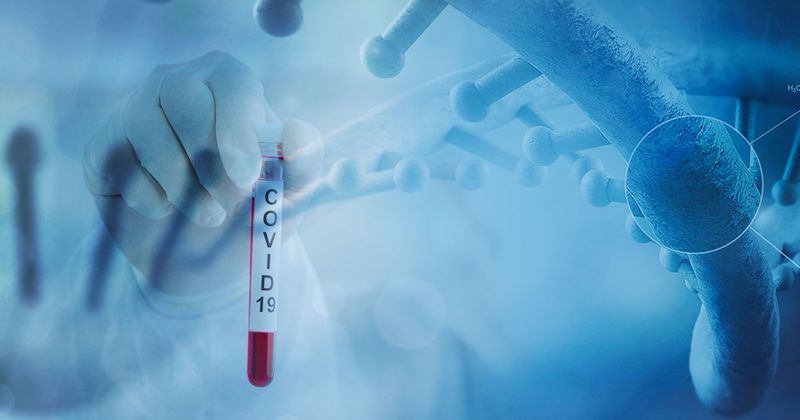Q&A: NIH expands COVID-19 data available to researchers
Recently, the NIH announced that its All of Us Research Program would expand the COVID-19 data that are available to researchers in the United States.
The program, created in 2015, aims to enroll at least 1 million participants who will share their electronic health records and provide other medical information to build a diverse database that can be used by researchers to study many health conditions.

We asked Sheri Schully, PhD, deputy chief medical and scientific officer for the All of Us Research Program, some questions about the program.
Healio: What is the All of Us Research Program and Researcher Workbench?
Schully: The All of Us Research Program is a historic effort to partner with at least 1 million people who reflect the diversity of the United States to build one of the largest and most diverse biomedical data resources of its kind. It will be used by researchers to gain insights into the genomic, biological, social and behavioral factors that influence health and disease.
The Researcher Workbench is the program’s platform for data analysis, available to registered researchers. Right now, researchers from U.S.-based academic, nonprofit and health care organizations may register, and we have plans to expand access further as soon as we can. Currently, researchers are able to access data from more than 372,000 participants.
Healio: What COVID-19 data will be included under the new expansion?
Schully: Researchers who are registered to use the All of Us Researcher Workbench now have access to health information from nearly 20,000 participants who had a SARS-CoV-2 infection. Among those participants with a prior infection, nearly 6,000 have whole-genome sequences available, and 600 have shared Fitbit records. The refreshed data include participants who had COVID-19 during the delta wave and those at the start of the omicron wave.
Beyond data from those who have had a confirmed case, we also have a range of participant-reported information on mental health and well-being during the pandemic and on COVID-19 vaccine uptake.
Healio: How do you expect researchers will use the data?
Schully: We’re already seeing some really interesting projects underway — looking at a range of things from the health impact of social isolation during the pandemic, to the use of wearable data for charting the progression and impact of the virus. Given the accessible nature of the All of Us data, we’re excited to see the ways researchers tap into this resource to develop a better understanding of the virus and the long-term impact it has on some people.
Healio: What kinds of things might it be able to tell us about underrepresented communities and COVID-19?
Schully: Our dataset is unique for the size and diversity in our participant cohort. Of the more than 372,000 participants with data available to researchers, about 80% identify with a group that has been historically underrepresented in medical research, including racial and ethnic minority groups, LGBTQ+ people, those who live in rural areas and those with a disability. Researchers can tap into All of Us data to better understand some of the factors influencing why some of these communities were more affected by COVID than others by analyzing electronic health records, genomic data, participant-reported data on lifestyle and environment and more.
Healio: A few years into enrollment for the All of Us program, how is the goal of enrolling at least 1 million participants going?
Schully: Enrollment in the program is robust. We just surpassed the milestone of 500,000 consented participants. Like many research programs, before the pandemic, our enrollment was primarily conducted in in-person settings. We paused many of these activities in 2020, but our partners across the country continued to engage participants remotely, providing information to health resources. Most of our sites are back open for in-person enrollment now, and we’ve added new, innovative options that provide participants the option to enroll remotely from virtually anywhere in the U.S.
We still have a long way to go to reach our goal of one million participants who have shared biosamples and other data, but we feel confident that we can reach this goal by the end of 2026.

